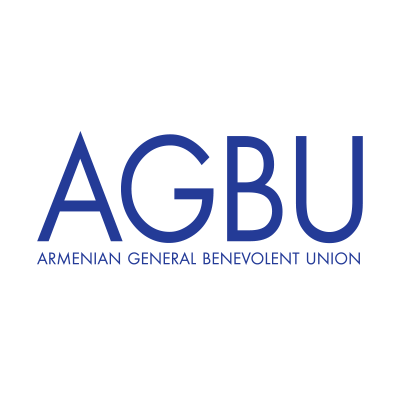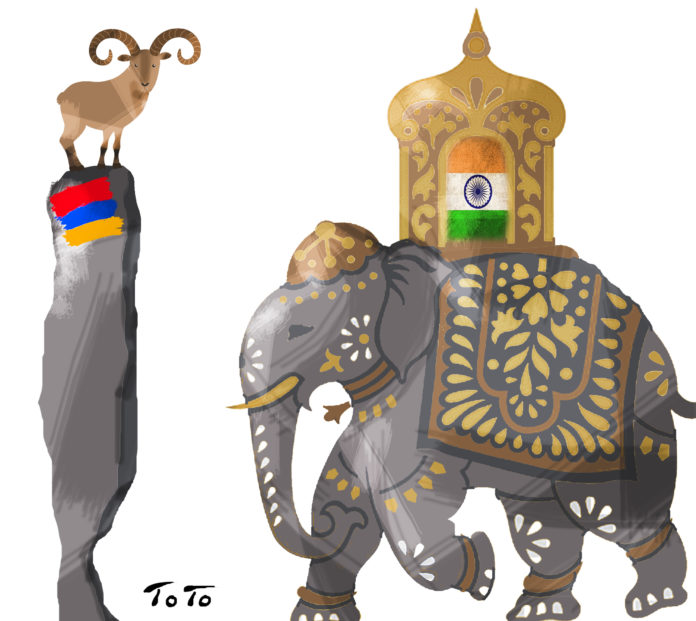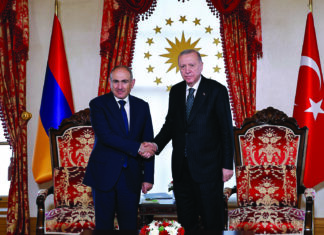The adage that “my enemy’s enemy is my friend” does not always prove true. But in the case of India, it does. India and Pakistan have a longstanding dispute over the Jammu and Kashmir region. Both states are nuclear powers and the diplomatic world always watches with trepidation the escalation of rhetoric between the two nations.
One party in that equation, Pakistan, has thrown in its lot with Turkey and Azerbaijan, leading India to find its own way in the region and increasing ties with their target, Armenia.
Turkey and Pakistan are two nations sharing characteristic behaviors in promoting their interests. Both have weaponized Islam and both are actively exporting terrorism and using terrorists in proxy wars. Pakistan has been caught red-handed in the past using terrorists against India. It has also trained Taliban insurgents to destabilize Afghanistan, who shockingly overthrew the US-supported government in that country, while pretending to serve US interests in the region.
Turkey’s conduct has similar hallmarks; while officially serving as a NATO ally, it has used terrorists in all its wars in Syria, Libya, Somalia and elsewhere, most recently in Karabakh. Right now, it is threatening the Kurdish forces allied with the US in Syria.
For a long time, India maintained a balanced relationship with the countries in the Caucasus. However, that is no longer the case. The Pakistan air force’s involvement in Karabakh and its joint military exercises in Azerbaijan, along with Turkish and Azerbaijani forces, as a direct show of force against Iran, has alarmed policymakers in India to the point that they are now engaged in a more assertive way in the region.
Additionally, the odd alliance between Turkey, Pakistan and Israel coupled with Ankara’s drive toward Central Asia have warranted a response from India, whose foreign minister, Subrahmanyam Jaishankar, just completed a three-country tour, with Armenia the final stop.








